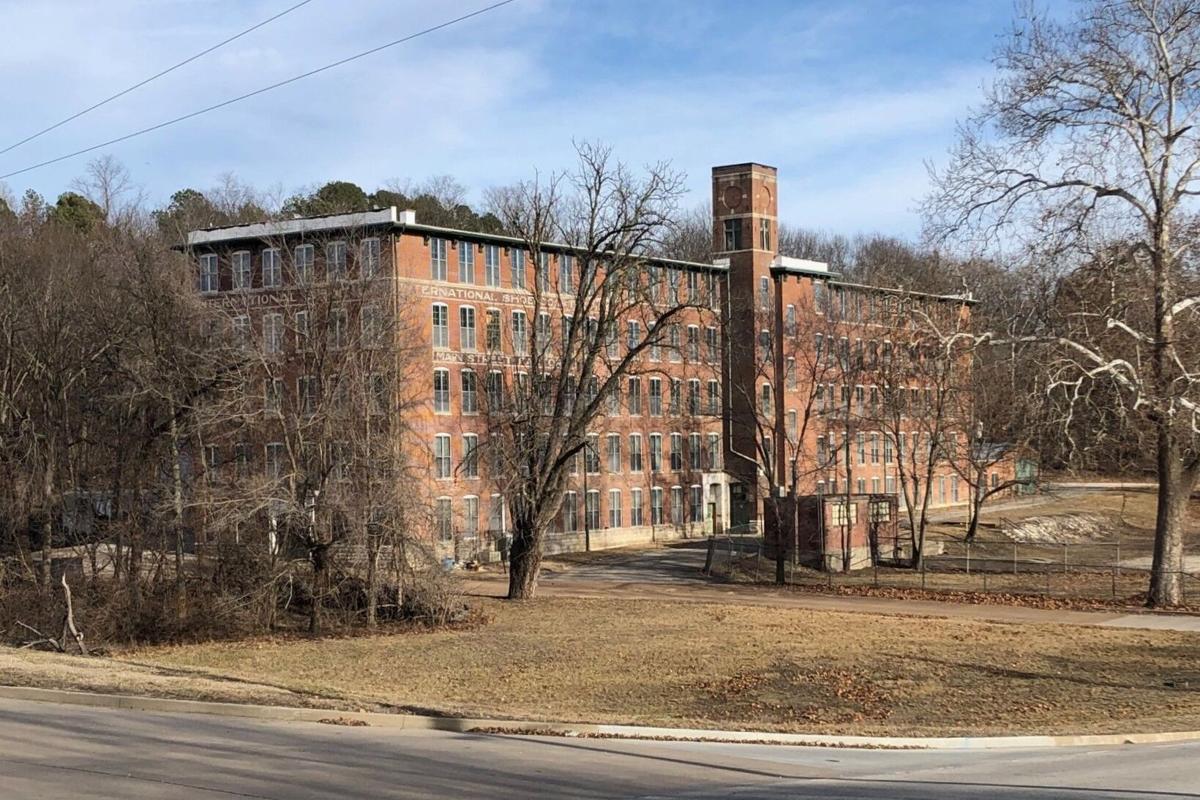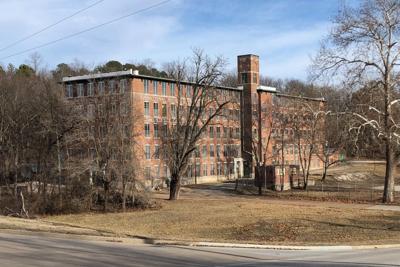JEFFERSON CITY — Missouri’s capital city is poised to undergo a state government building boom as Republican Gov. Mike Parson enters his last year in office.
In an announcement Tuesday, Missouri Department of Natural Resources Director Dru Buntin told a panel of lawmakers that the agency is buying an abandoned shoe factory near its headquarters east of the Capitol building to house up to 400 workers now working in leased facilities.
The building, located near the now-shuttered Missouri State Penitentiary, will cost taxpayers $1.5 million, but needs an estimated $25 million in renovation work, Buntin said.
Reaction to the plan was mixed.
While some members of the House Budget Committee praised the rehabilitation of a historic building, Rep. Scott Cupps, R-Shell Knob, questioned the price tag compared to building a new facility.
People are also reading…
“Why don’t you just start from scratch?” Cupps asked Buntin.
Buntin said the move will bring an end to more than $822,000 in annual lease payments, as well as utility costs at each of the leased office facilities.
DNR also is in charge of state historic sites and building preservation programs, making the conversion an example of what can be done to reuse old buildings.
“This will be much more cost-effective,” Buntin said.
A public hearing on the purchase is set for March 14 in Jefferson City.
News of the DNR-shoe factory plan comes as Parson is tapping into a budget surplus to upgrade a number of state government operations in the city.
All told, the proposed work amounts to an infusion of more than $1 billion of bricks and mortar spending within the capital city.
Nearby the empty shoe factory, officials announced last year the construction of a $182 million laboratory called the “One Health Campus.” The 260,000-square-foot complex will serve a number of state agencies.
Another $26 million has been earmarked for a new state warehouse for storing unused furniture, equipment and more.
The governor also is recommending $52 million to redevelop the former Missouri State Penitentiary as a “tourist destination.” Work would include the relocation of the gas chamber used to put prisoners to death.
The Capitol building itself also is due for a major renovation. Lawmakers and Parson have put the price tag on the project at $755 million. Progress has languished as administration officials try to shoehorn the nearby and aging Missouri Department of Transportation headquarters in the project at a cost of up to $50 million for a building that taxpayers already built.
Supporters of the idea say the MoDOT building could serve as a pressure valve on the operation of the Capitol when it is under renovation.
The administration also wants to spend $15 million to move the backbone of the state’s computer services division out of the first floor of a state office building because it is located near the Missouri River, which can flood.
Much of the drive to renovate or replace facilities has come from an influx of federal funding under President Joe Biden’s administration.
The billions of federal dollars flowing into the state has allowed officials to divert general revenue funds to one-time purchases, such as the long-sought widening of Interstate 70 between ӣ����Ƶ and Kansas City.
The DNR’s planned conversion of the five-story shoe factory would highlight the importance that footwear played in the history of the community.
According to , historians believe lumber from the dismantled 1904 World’s Fair in ӣ����Ƶ was used to build the structure.
Using prison labor, Jefferson City was among the largest producers of shoes and boots west of the Allegheny Mountains in the early 20th century.
Previous attempts to purchase and renovate the building have gone nowhere.
Under one proposal, a developer was going to make a facility roughly patterned after the City Museum in ӣ����Ƶ, with play areas and games. The development never got off the ground.
(Updated Feb. 8, 2024 to clarify the state's use of federal monies)
View life in ӣ����Ƶ through the Post-Dispatch photographers' lenses.











